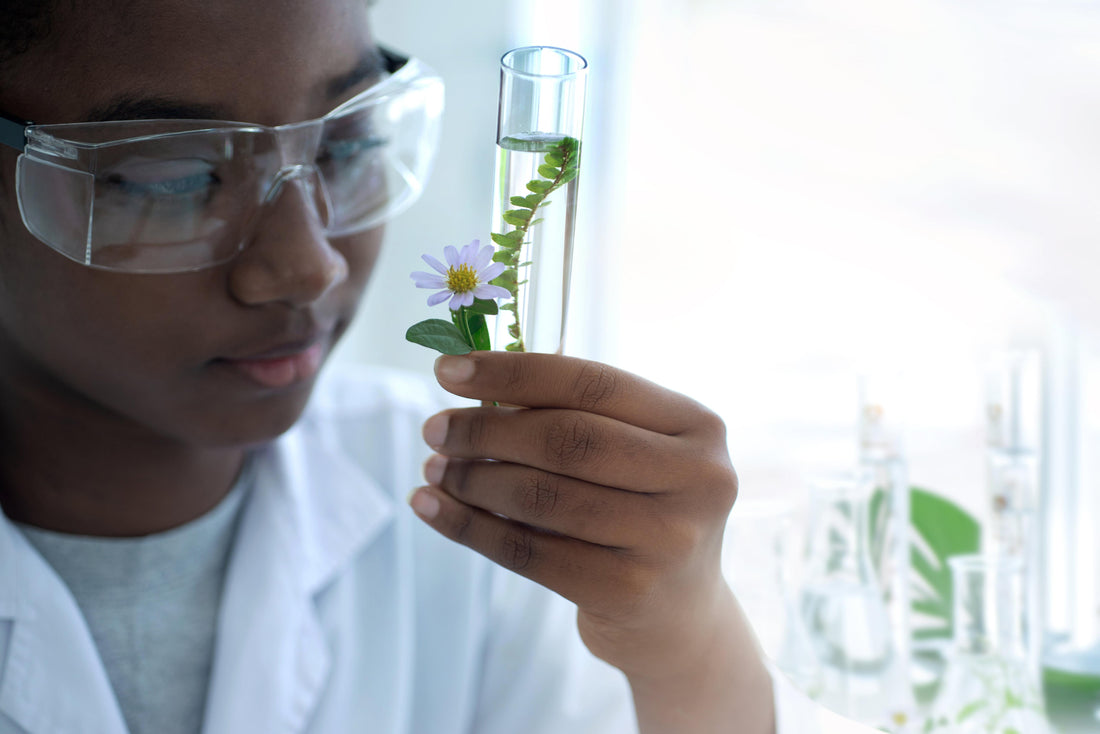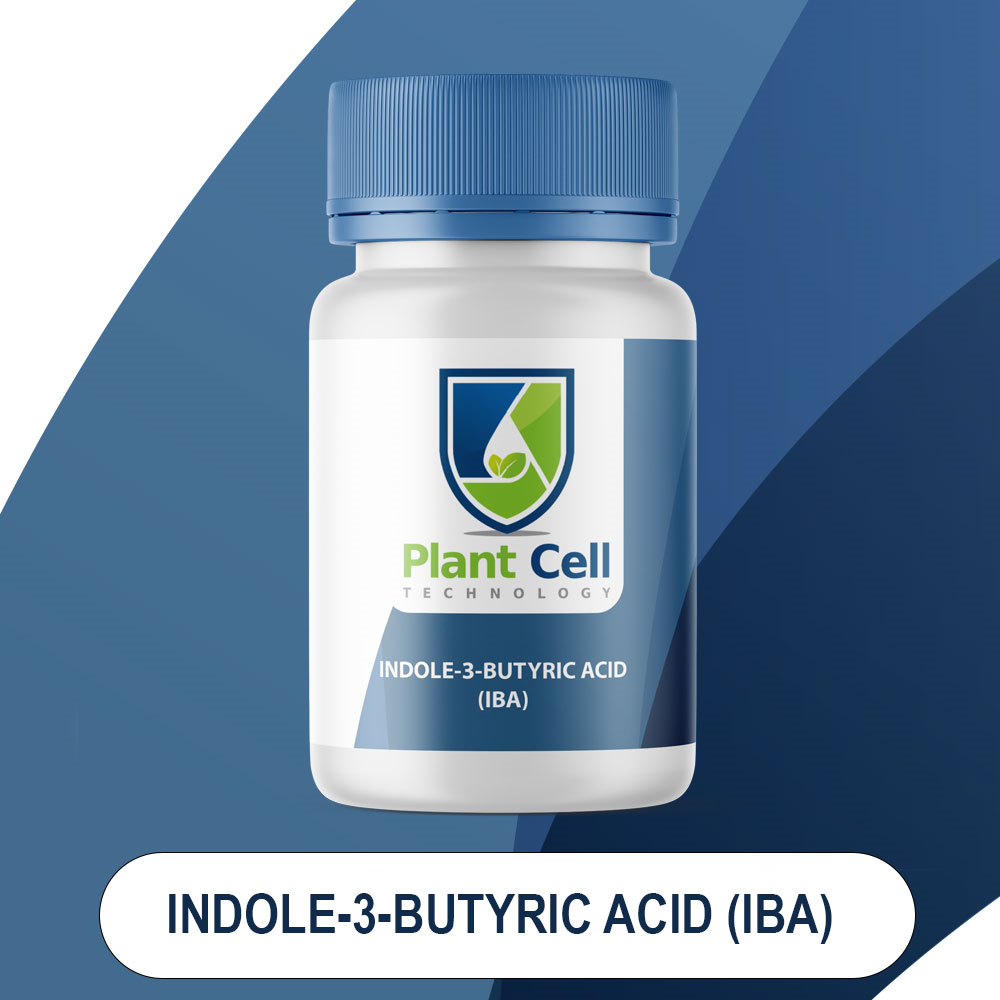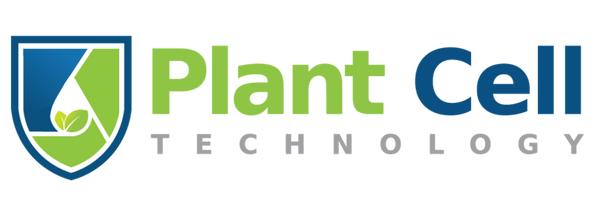
Introducing PCT's Brand New Plant Growth Regulators!
As a content and community manager, I leverage my expertise in plant biotechnology, passion for tissue culture, and writing skills to create compelling articles, simplifying intricate scientific concepts, and address your inquiries. As a dedicated science communicator, I strive to spark curiosity and foster a love for science in my audience.


Introduction
We have got good news!
Plant Cell Technology has extended its catalog of products just for you. This time we brought you all plant growth regulators (PGRs) or hormones used in tissue culture. And, if you are confused about the products and their uses, then this article is only for you. In this article, we talk about different plant growth hormones and their applications in tissue culture, why are they required, and much more!
What are plant growth regulators?
Plant growth regulators are small chemical molecules produced by plants for their growth and development. They are also known as phytohormones. Plant hormones are categorized into two groups based on their origin: natural if produced within plants and synthetic hormones if produced in laboratories.
Majorly there are five classes of plant growth hormones: Auxin, Cytokinin, Gibberellin, Ethylene, and Abscisic acid. But, practically during plant tissue culture we mainly use auxin, cytokinins, and gibberellins for the proper development of plants. So, in this article, we will only look at these three hormones that are also called plant growth promoters.
Cytokinins
Cytokinins are the growth hormones that promote cell division in plant roots and shoots. Naturally occurring cytokinins are only purine-derived compounds. But there are also some synthetic purine-derived cytokinins which include kinetin, zeatin, and 6-benzylaminopurine. There are other synthetic phenylurea-derived cytokinins which include diphenylurea and thidiazuron. Of the naturally occurring cytokinins, zeatin and 2iP (2-isopentenyl adenine) have some use in plant tissue culture.
The use of naturally occurring cytokinin is now widespread because they are expensive and unstable. So, the best alternatives to these hormones include benzylaminopurine, kinetin, and metatopolin. Let’s learn more about these plant hormones.
Benzylaminopurine (BAP)
What is it?It’s a synthetic cytokinin, a plant growth regulator or plant hormone that supports the development of plants when added to growth media.
Applications
- It influences plant growth and development, sets blossoms, and stimulates fruit richness by stimulating cell division.
- It modifies MS media for shoot initiation in cultures
- It stimulates seed germination.
- It’s an adenine-based cytokinin that’s perfect to be supplemented with culture media including MS media, Gamborg’s media, and Chu’s N6 media.

Kinetin
What is it?
It’s a synthetic cytokinin that stimulates cell division when added to growth media such as Murashige and Skoog media in conjunction with auxins.
Applications
- It helps to stimulate cell division and promote the proper growth of plants.
- It induces callus development and shoots initiation from callus at its later stages.
- It’s used for shoot induction and proliferation.

Auxins
Auxins are a class of growth hormones that promote both cell division and cell elongation. These are categorized into two categories based on their origin: natural if derived from plants and synthetic if produced in labs. The naturally occurring auxin includes IAA (indole-3-acetic acid). Some other auxins include IBA (indole-3-butyric acid), 2,4-Dichlorophenoxyacetic acid (2,4-D), and 1-naphthylacetic acid (NAA). Plant Cell Technology brought you two of these commonly used hormones that include IAA and IBA. Let’s learn more about them.
Naphthaleneacetic Acid (NAA)
What is it?
It’s a synthetic auxin, a man-made plant growth regulator or plant hormone that is used to promote the proper growth and development of plants.
Applications
- It has a role in breaking dormancy and apical dominance.
- In some plants, it’s used to shorten internodes, such as apple trees.
- It’s used to prevent abscission.
- It has a role in promoting uniform flowering and fruit ripening in some plants, such as pineapple.
- It is an ingredient in many commercial plant rooting horticultural products.

Indole-3-Butyric Acid (IBA)
What is it?
It’s an auxin family plant hormone that is used in agriculture and tissue culture for the development of plant roots.
Applications
- It helps to initiate adventitious root formation in cultured tissues.
- It helps to stimulate callus development.
- It’s thought to be a precursor of indole acetic acid (IAA).

Gibberellic Acid
What is it?
It’s a growth hormone and plant growth regulator that promotes the proper growth and development of plants in culture.
Applications
- It has a role in cell division and elongation of tissues in cultures.
- In some plants including Arabidopsis and peas, it helps in seed germination.
- It’s supplemented with growth media like Murashige and Skoog media for the proper development of young leaves and stems.
- It’s essential for the flowering of plants.
- It’s also used for agricultural and home gardening uses.
Thidiazuron (TDZ)
What is it?
Thidiazuron is a family of phytohormone used in tissue culture or in vitro propagation of plants. They impart the function of both auxin and cytokinin hormones in plant growth and development.
Applications
- It’s used for the induction of de novo regeneration.
- It has a role in shoot organogenesis, somatic embryogenesis and callus regeneration.
You got what you wanted! Plant Cell Technology is helping you in every way it can. So, do share your experience with us on the given email ID, and don’t forget to subscribe to PCT newsletters to get a regular update on our products, blogs, and videos.
Yes, we are consistently making YouTube videos to educate you on tissue culture processes so please let us know how you feel about it! And finally, keep shopping for your tissue culture products from your favorite PCT Store.
Happy culturing!!

References
- https://www.aladdin-e.com/up_files/docs/Plant%20tissue%20culture%20%E2%80%93%20Plant%20growth%20regulators.pdf
- https://www.goldbio.com/documents/1024/Auxins+Cyto...
- https://byjus.com/biology/plant-growth-regulators/
- https://en.wikipedia.org/wiki/Auxin
- https://www.biotrend.com/en/buy/cat-plant-growth-r...
Blog Categories
View by Level
Popular Blogs

Can We Scale Up Tree Propagation with Tissue Culture?
Introduction In forestry and agriculture, there is a consistent need for large volumes of high-quality, uniform planting material. For decades,...
Read More
The Science Behind Virus Elimination Using Meristem Culture
Introduction Have you ever noticed that the potatoes you save from your own harvest seem to produce a weaker crop...
Read MoreSubscribe to Our Newsletter








Join the conversation
Your email address will not be published. Required fields are marked